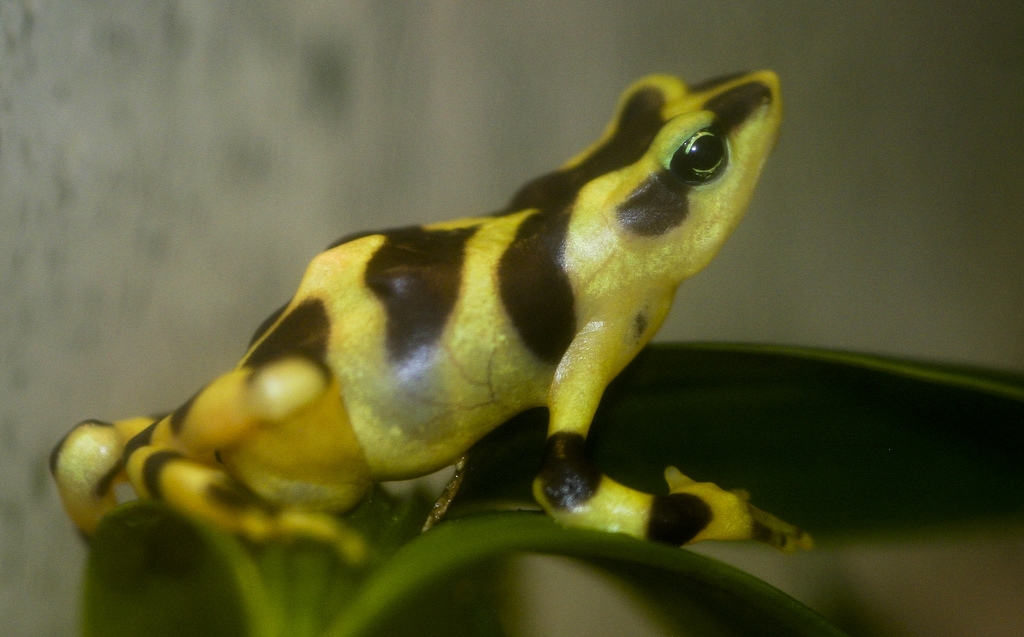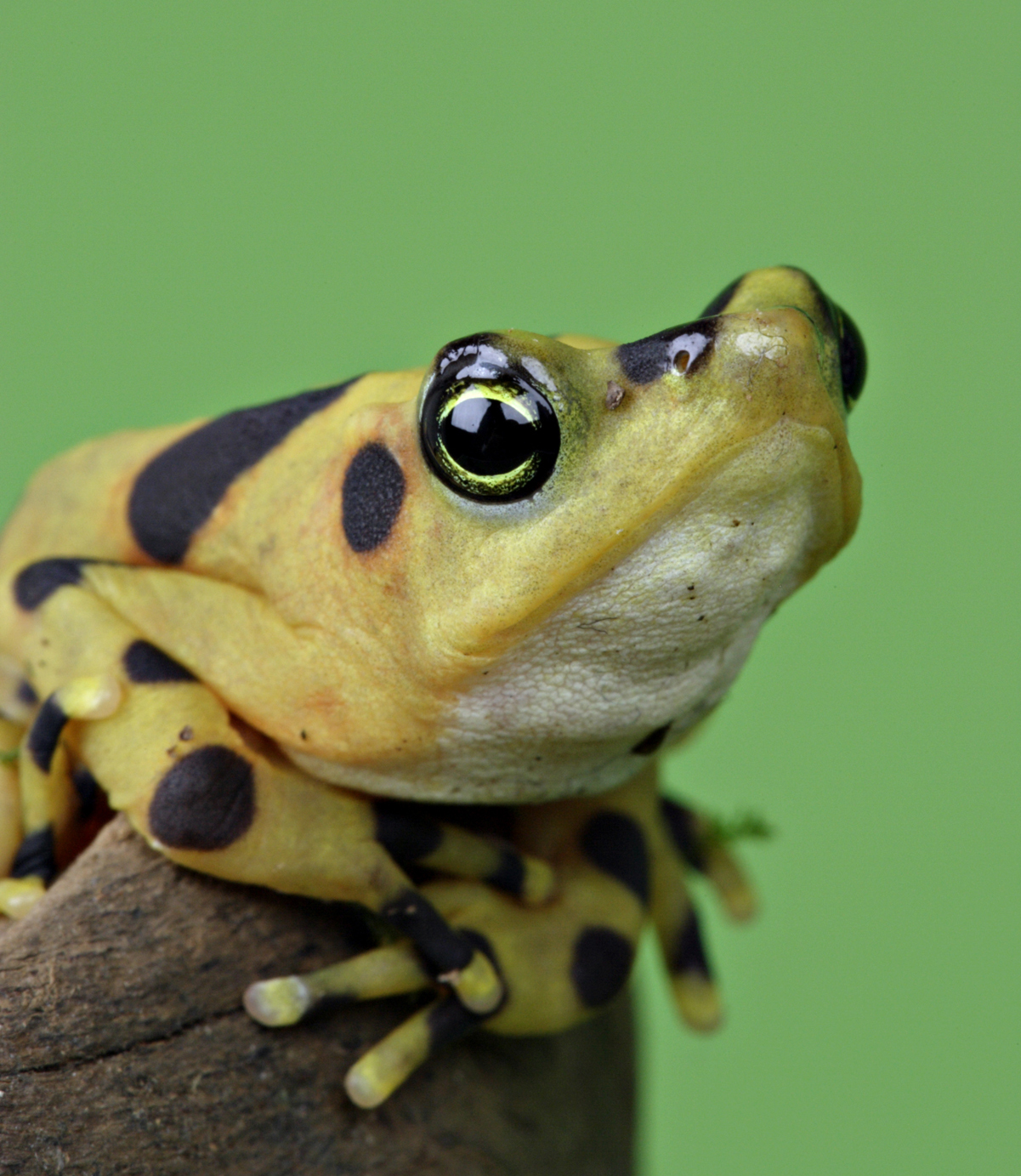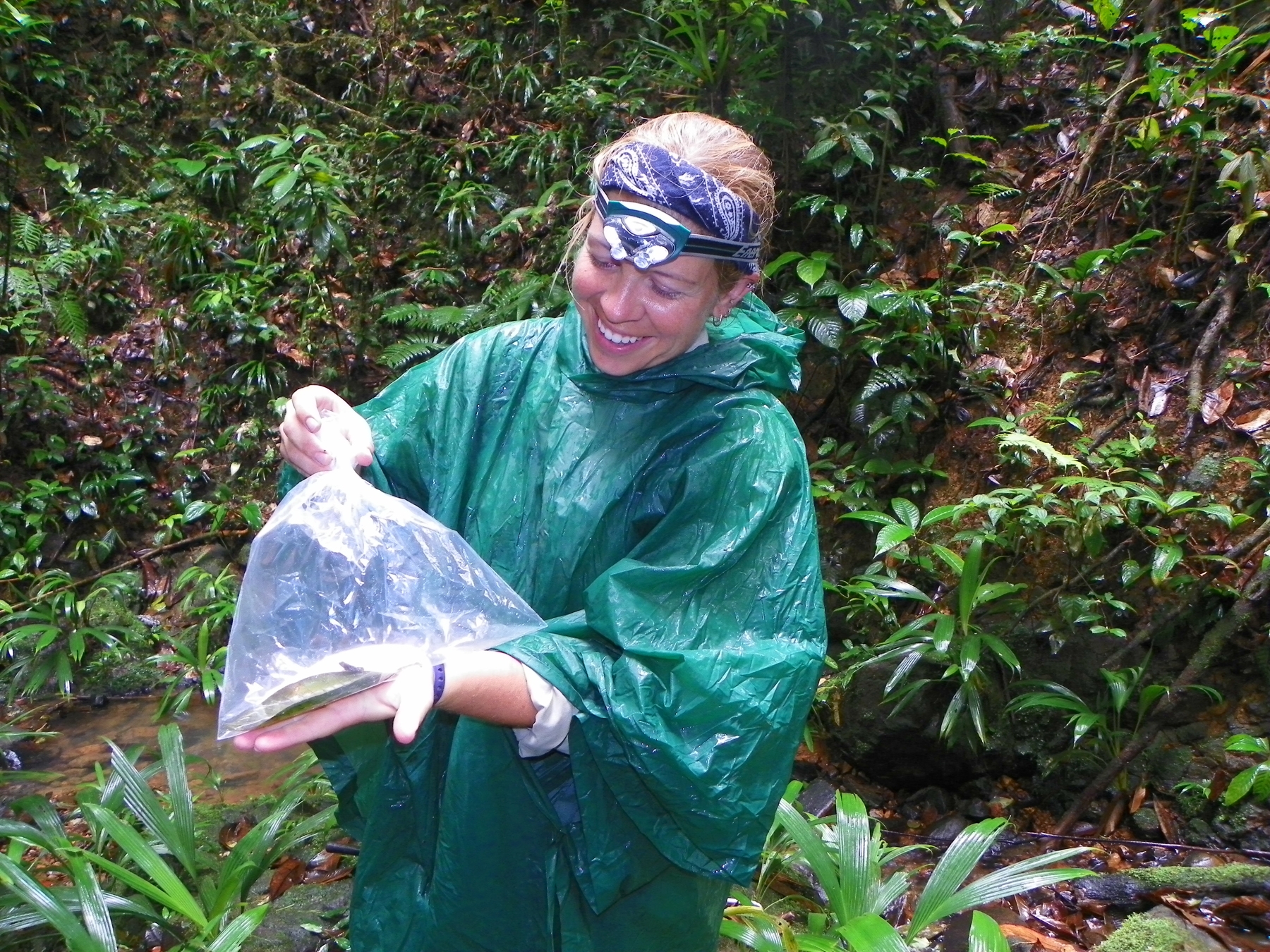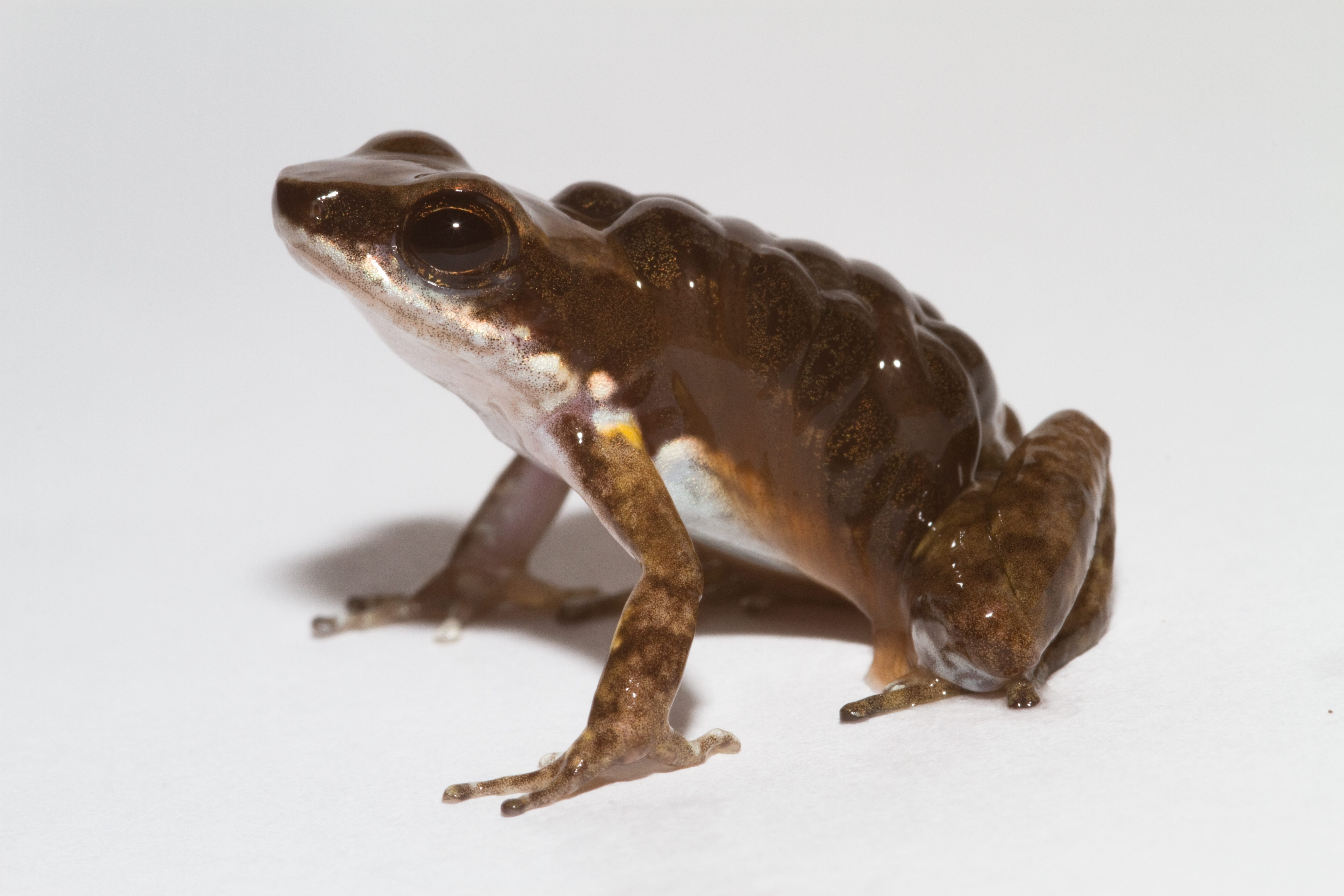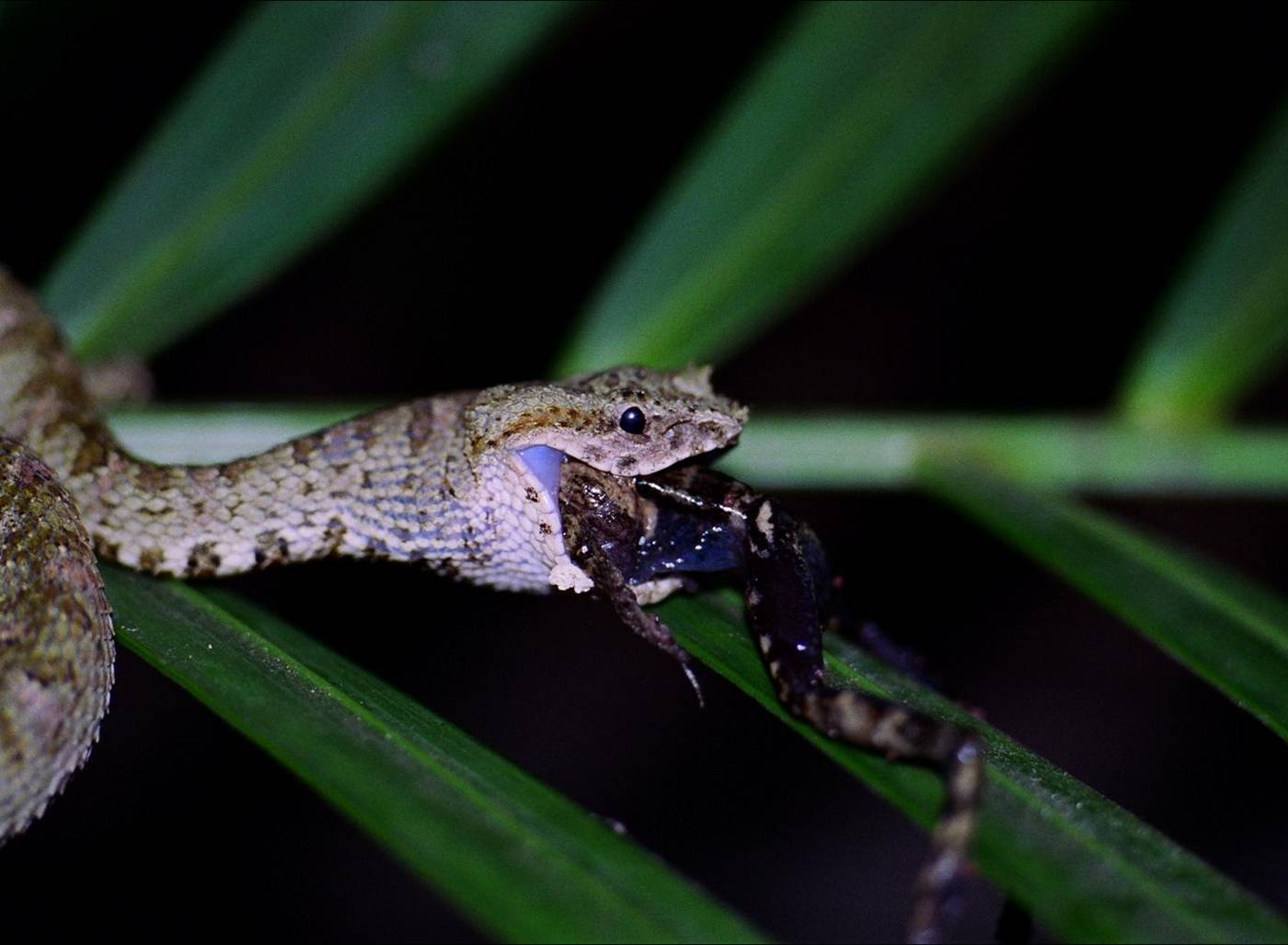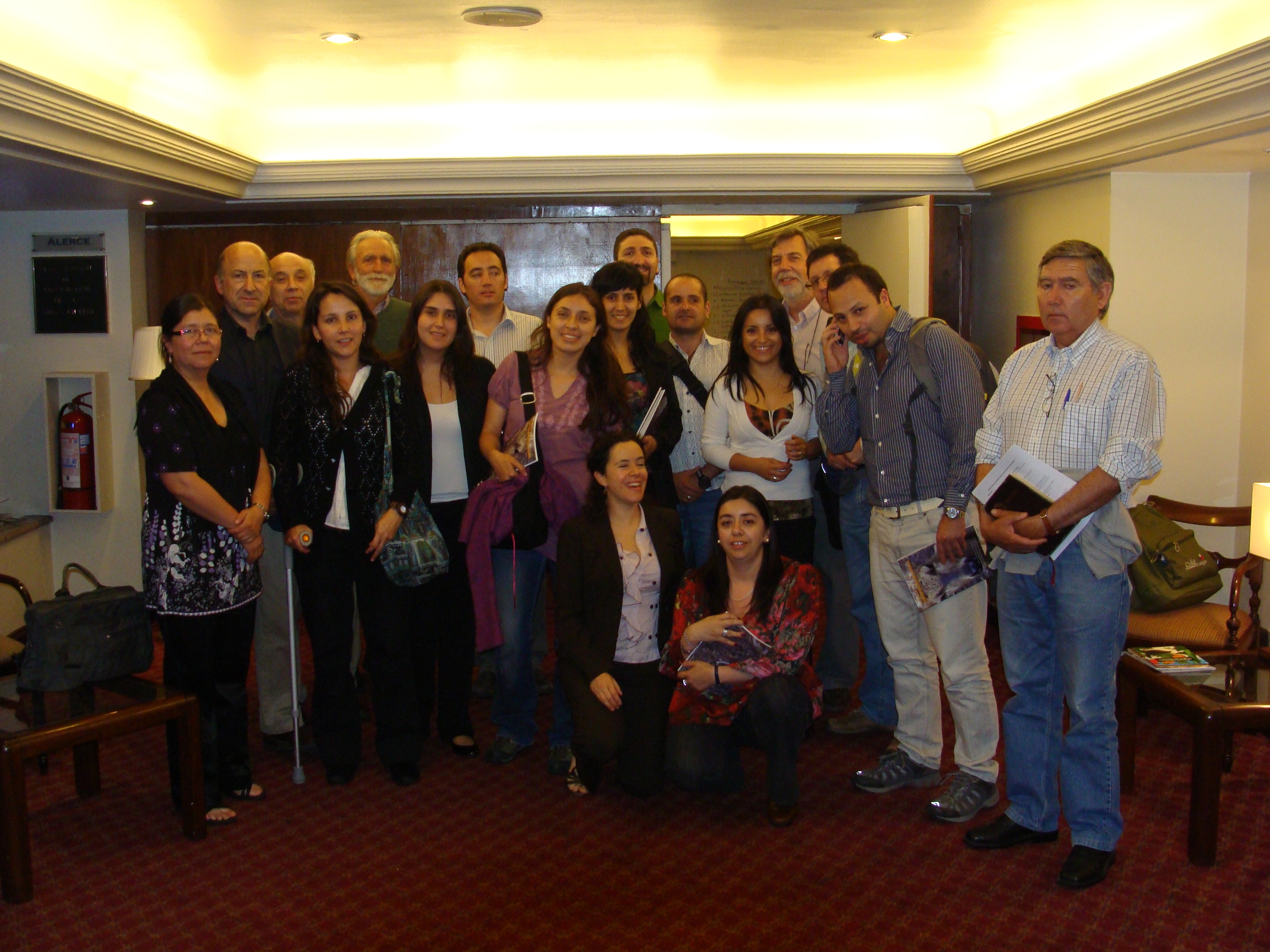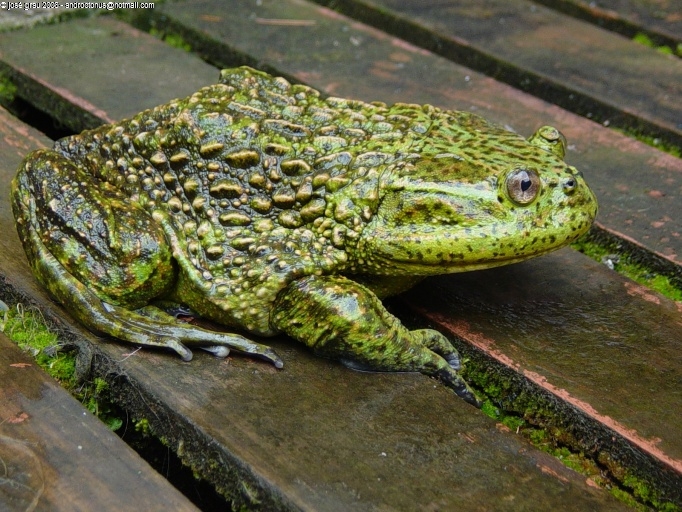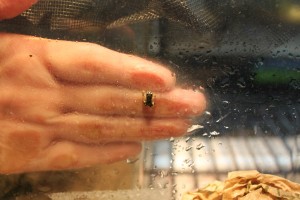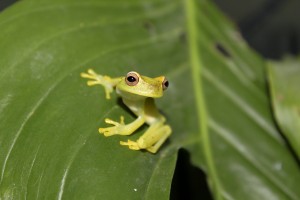
This image of a Riobamba marsupial frog is ARKive Research Manager Dr. Verity Pitts' favorite frog photo in the ARKive collection. (© Pete Oxford / naturepl.com)
Every Monday morning we enjoy sharing with you a particularly adorable amphibian photo, complete with fun facts through our popular Cute Frog of the Week feature. Now, thanks to ARKive–a website containing an extensive collection of photos, videos, facts and updates about endangered species from all over the world–we’ll have even more diverse library of captivating images to share with you. We love that ARKive is helping educate individuals globally through images and wanted to share a Q&A we conducted with Dr. Verity Pitts, one of ARKive’s research managers a senior team member.
1. What was the primary objective for beginning ARKive? Now that it has become such a large site, has this objective changed?
ARKive was launched in 2003 and is an initiative of the international charity Wildscreen.
Wildscreen’s mission is to promote a greater understanding of the natural world, and the need for its conservation, using the emotive power of the very best wildlife films and photos.
A brainchild of the late Christopher Parsons OBE, former Head of the BBC Natural History Unit, and one of Wildscreen’s founders, ARKive was, and still is, a centralized multi-media library of the world’s endangered species.
ARKive not only communicates the wonders of the planet’s biodiversity, but it also provides a safe haven for almost 100,000 film clips and photos–for use by today’s generation and those of the future.
The ethos of ARKive remains true to its origins: providing unrivaled access for people from around the world to amazing imagery, unlocking the wonders of the natural world, in a bid to protect the planet’s precious flora and fauna.
2. What do you think that films and photos can uniquely do for conservation that other actions may not be able to accomplish?
Wildscreen’s Patrons have answered this question very eloquently:
“Natural history films are more than just entertainment. They provide a crucial insight into the world, from which so many of us are increasingly divorced. We cannot properly value what we do not know. I truly believe the films that Wildscreen cares for and promotes are major elements in the battle to protect our imperilled natural world.”
—Sir David Attenborough, world-renowned naturalist and broadcaster
“Books and lectures can do a lot to explain the facts of life on this planet, but films and photographs are better at stirring the imagination.”
—HRH The Duke of Edinburgh
3. What kind of audience does ARKive hope to reach? How does this affect the content that it hosts or shares?
Through ARKive, Wildscreen’s mission has always been to provide people from all walks of life free access to its amazing collection of educational and awe-inspiring content.
Wildlife imagery can be a powerful tool in the fight to combat biodiversity loss and to reconnect people with nature–no matter how young or old. ARKive reveals what species look like, what makes them special and why we should care. Whether in the classroom or lecture hall, at home or in the field, ARKive transcends boundaries, and can be used in numerous educational situations–both formal and informal.
We do tailor information for different audiences, and on ARKive visitors can explore content in lots of different ways–through scrolling galleries of stunning images; by habitats; countries and topics, such as climate change; to fun interactive games and activities.
The ARKive blog is a relatively new feature to ARKive, but it enables us to use the ARKive imagery in different ways, helping us: tell stories about threatened species in the news; publish featured articles; update our visitors with what’s new to ARKive; as well as entertain with quizzes and games.
4. We’re so grateful that you’re helping us out with our Cute Frog of the Week. How has ARKive been able to work with and promote conservation organizations like ours?
Wildscreen recognizes the importance and value of building relationships and works in partnership with organizations from around the world on many different levels.
We believe that heightened public awareness to conservation issues translates into action, campaigning, lobbying and fundraising–all vital for protecting our most endangered species and habitats.
Through ARKive, Wildscreen is able to promote and support the efforts of conservation organizations working on the ground in a bid to save a huge variety of species.
5. ARKive has worked in cooperation with the Smithsonian and Google Earth. What future projects or objectives does Wildscreen hope to accomplish?
Reaching new audiences and engaging more people with the importance of biodiversity is an ongoing priority, whether this is by developing new resources and activities, via outreach programmes and new technologies, or of course through partnership working.
Wildscreen will continue to build on current partnerships and encourage new collaborations to enable additional access to ARKive through multiple third party platforms to reach even greater audiences.
6. What type of reaction do you hope that visitors to ARKive’s site have when browsing through the images?
Wildscreen’s aim is to open the window onto the natural world through its ARKive project. The charity works with the world’s finest photographers, filmmakers, scientists and conservationists to bring scientific names to life.
By inspiring people to care for the natural world and its many wonders, Wildscreen hopes to motivate visitors to become involved in the conservation movement, whether on a local or global level.
7. What do you enjoy most about the work you do at ARKive?
There are now more than 75,000 photos on the ARKive website and each of these has been hand-picked by one of our researchers. We only select the ‘best’ images for each species, which are either engaging portrait shots or shots that tell the story of the species’ life history. However, for some species only a few images exist and tracking these down is a very rewarding task.
Having worked on the ARKive project for nearly eight years, I still enjoy learning about new species and seeing the stunning imagery that is pouring into the office from around the world.



